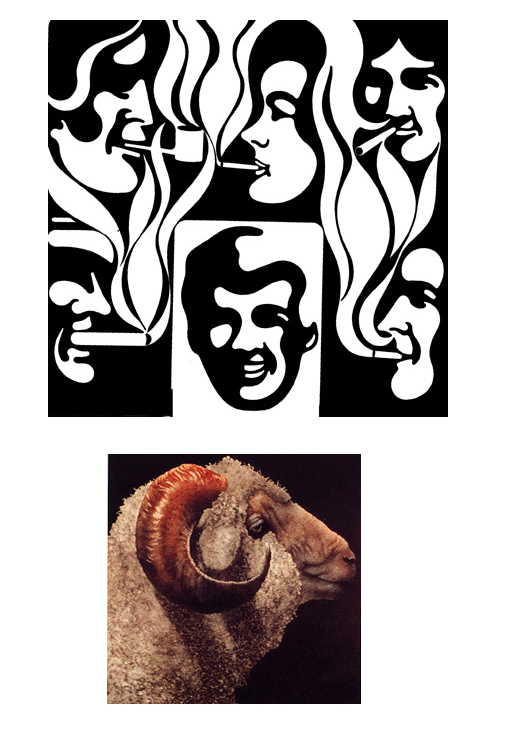FORM AND CONTENT
Concept: ideas; intellectual or emotional intentions governing the work
Message / Content: items; visual, verbal, or symbolic information to be
included in the design (ideas, words, numbers, photos, illustrations, etc.)
and intended to be communicated.
Structure: organization; framework or organizational principles by which
the content is arranged (the ordering and placement of items by sequence
or priority).
Form / Syntactics: appearance; physical manifestation and media,
composition, color, shape, scale, etc.
Context: the circumstances which surround a situation; the medium,
audience, location, etc.
Meaning: that which will emerge through interpretation by the viewer,
often in addition to, or in spite of, the intended message.
TYPES OF FORM
Literal Form: a form that is absolute or identical to something that exists.


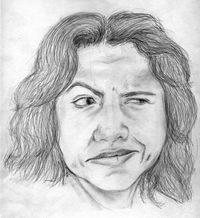
Abstract Form: a form that denotes or implies representation of something else.
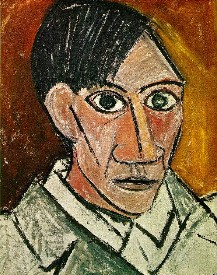
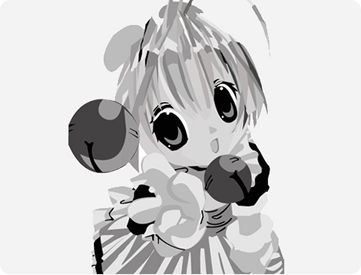

Geometric: Inorganic form, more commonly called geometric form, has regular angles or patterns. It is found in nature,
as in the crystalline structures of rocks and snowflakes, and in human-made form when easy and memorable recognition
is required. Geometric Forms are made up of circles, triangles, squares, or combinations of these. Each shape has unique
characteristics. Whereas the circle is equal in all directions, the lines of a square and a triangle continually move our eyes
in various directions. For examples, a square leads your eye up, down, and across. This might be useful when you need
to guide eye movement in a particular direction.
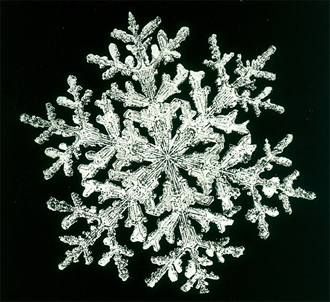
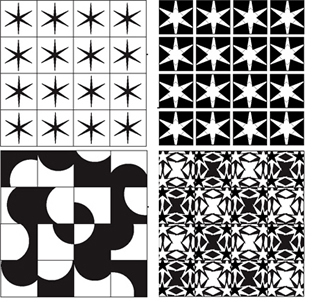
Organic: Organic form is fluid in appearance. Nature has an abundant supply of organic shapes
and patterns that has long been an inspiration and source of objects of representation.


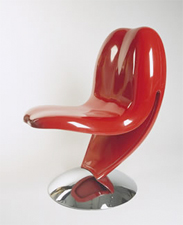
Singular Form: A form with fully integrated components that cannot be individually distinguished.

Plural Form: A form established with repeated unit forms.
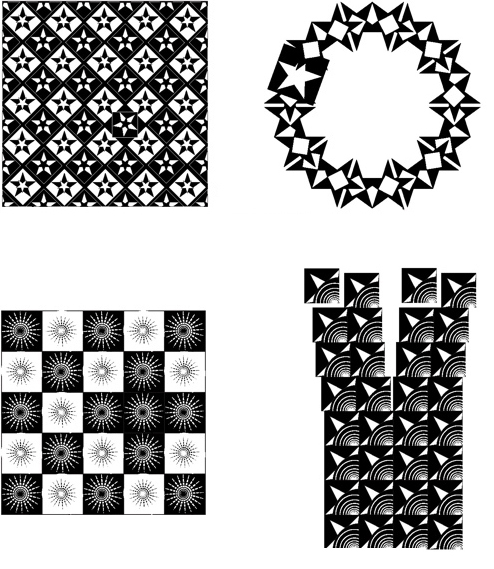
Compound Form: A form established with different component forms that remain distinguishable.
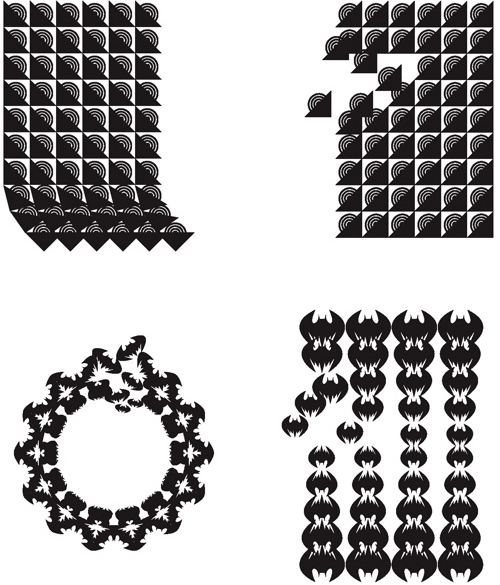
Negative Form: A hollowed shape surrounded by solidly filled areas.
Positive Form: A form that is filled with color, pattern, and/or texture and that occupies space
